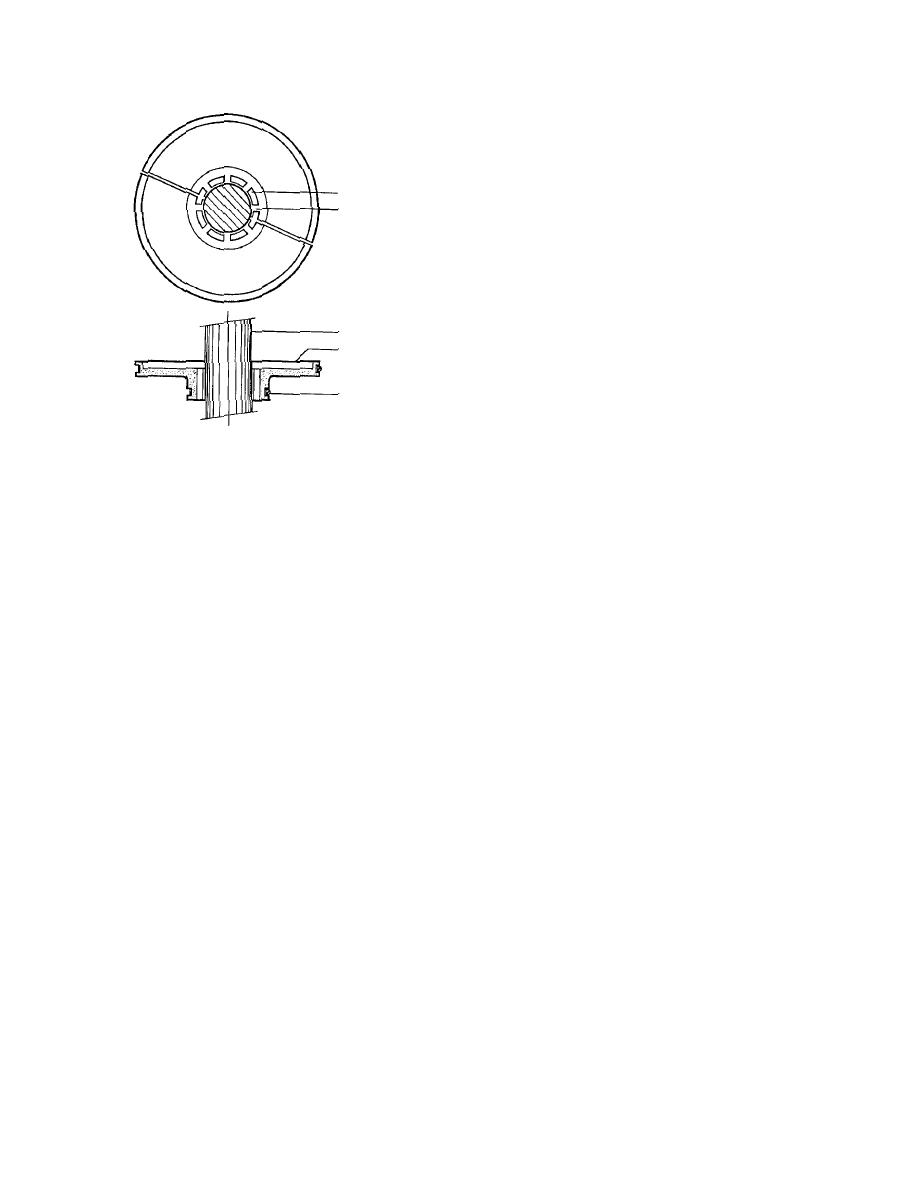
series of crush cushions can be developed for a
range of pole or tree diameters. The inside diam-
eter and outside diameter can be varied, depend-
ing on the requirements of crush attenuation. Be-
cause of the use of noncorrosive materials in all
Drip Holes
components, no corrosion problems are foreseen
Radial Ribs
Between Drip Holes
with this design.
Discussion
Because of safety hazards to errant motorists,
the need for a feasible design for a crushable cush-
ion for roadside fixed objects or structures can-
Post
not be overemphasized. The cushion concept
Polyurethane Cast
developed above is purely exploratory. The scope
Bottom Plate
of the current investigation did not allow any
rigorous engineering analysis and design devel-
Band Clamp
opment for the concept. However, materials,
shapes, and components that would provide a
Figure 76. Details of the bottom end-cap.
feasible preliminary design have been considered.
Attempts were also made to cast some compo-
nents out of polymeric materials, but as with most
medium roadside trees [approximately 20 cm (8
molding operations, the cost of tooling to mold
in.) in diam.]. Since the tree diameter grows, the
or cast initial design parts became prohibitive. If
inclusion of leaf springs can accommodate such
this design is to be pursued, considerable capital
growth. Dripping water would also not pose any
investment will be needed for developing the tool-
problems. The crush cushion would be located
ing. Once all tooling is available for large-scale
and secured on the pole under the pressure of
production, the cost of each unit would be very
the leaf springs and by the two stainless-steel
low. There are three rubber gaskets and one end-
band clamps on the bottom end-cap. The slightly
cap that require molding with either rubber or
protruding cap gasket, shoulder gasket, and bot-
polyurethane. The inner FRP facing must be cast
tom end-cap will protect the decal surface from
or machined with a slot to accept the leaf springs.
inadvertent damage by any large object. All gas-
In making the sandwich hubs for the body and
kets, including the H-gasket that will hold the two
cap cushions, additional machining for groove
halves of the body cushion together, are demount-
cutting in the foams would be needed. Assem-
able. When required the entire crush cushion can
bling the crush cushion at the site would be very
be disassembled, cleaned or repaired, and then
easy with the help of gaskets and band clamps.
reassembled. Based on this conceptual design, a
54



 Previous Page
Previous Page
